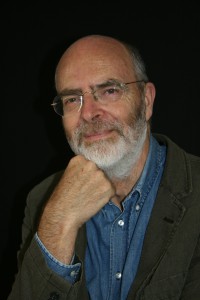
Phi Beta Iota: This may well be the most important post Dr. Patrick Meier has done to date. Robert Steele is writing a new chapter or article, Public Administration in the 21st Century: New Rules, Hybrid Forms, One Constant — The Public that will integrate and expand on the core insight at the conclusion of the below post: routing around government may be the most important non-violent ethical means of displacing corrupt governments and restoring the sovereignty of the public.
How Civil Resistance Protests Improve Crowdsourced Disaster Response (and Vice Versa
When Philippine President Joseph Estrada was forced from office following widespread protests in 2001, he complained bitterly that ”the popular uprising against him was a coup de text.” Indeed, the mass protests had been primarily organized via SMS. Fast forward to 2012 and the massive floods that recently paralyzed the country’s capital. Using mobile phones and social media, ordinary Filipinos crowdsourced the disaster response efforts on their own without any help from the government.


